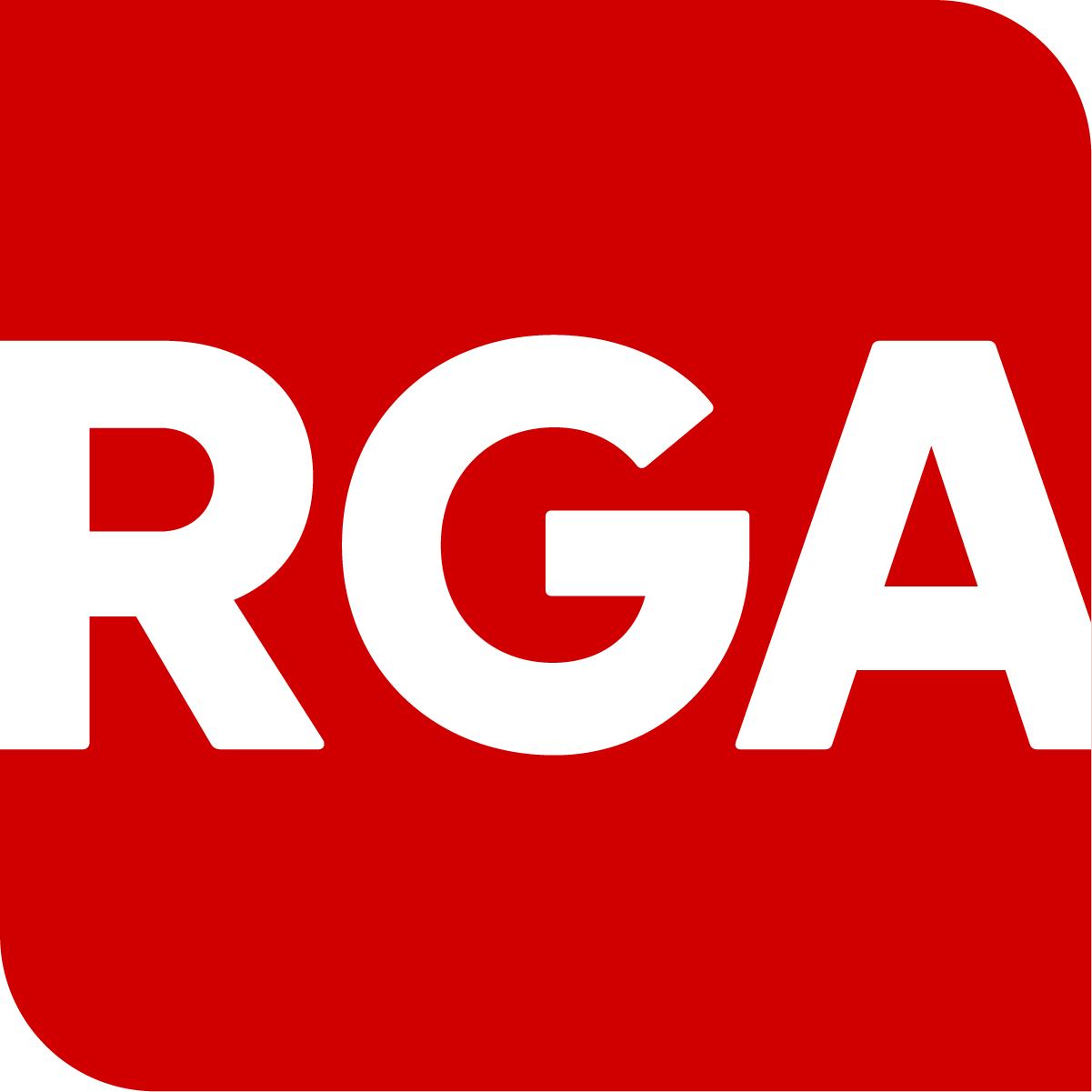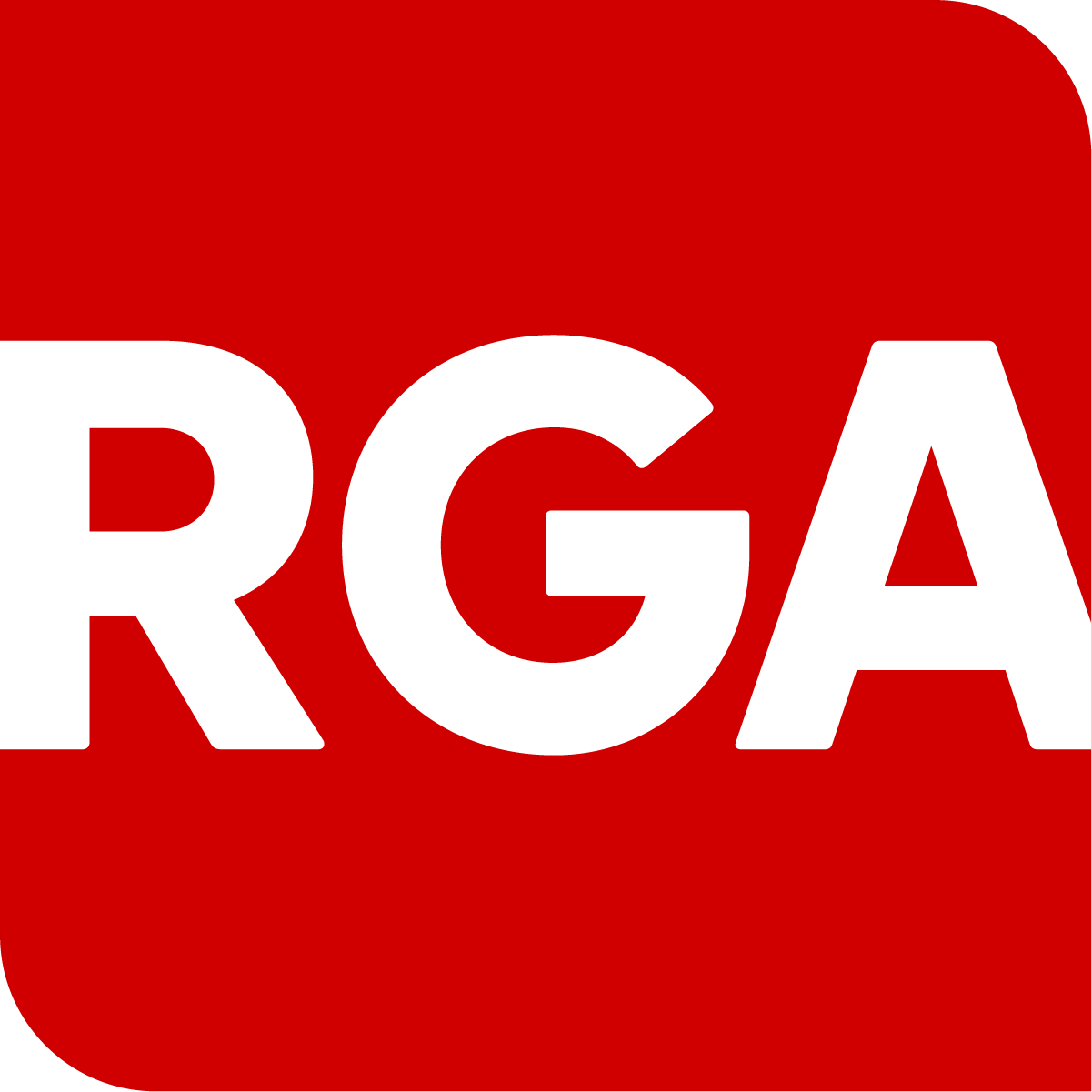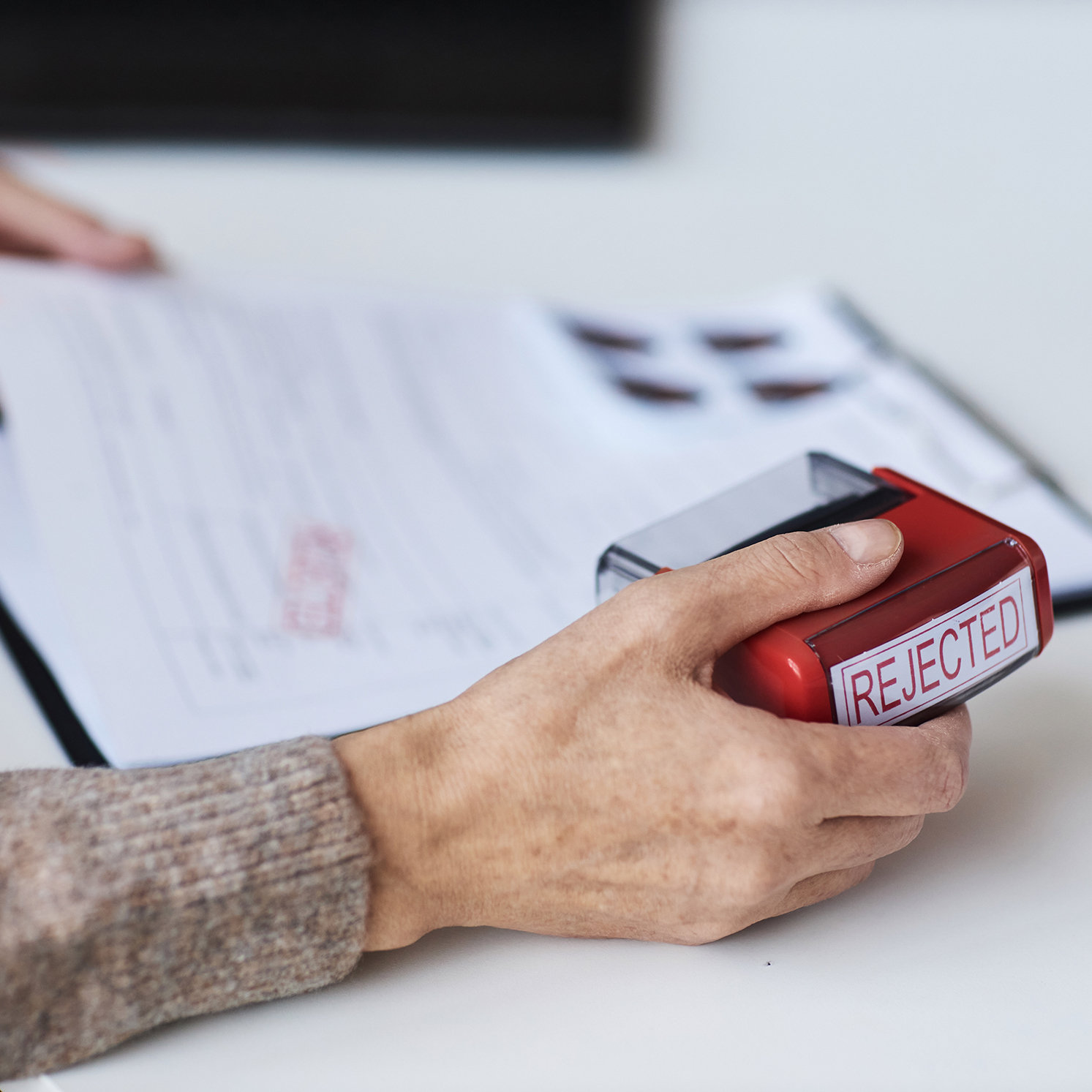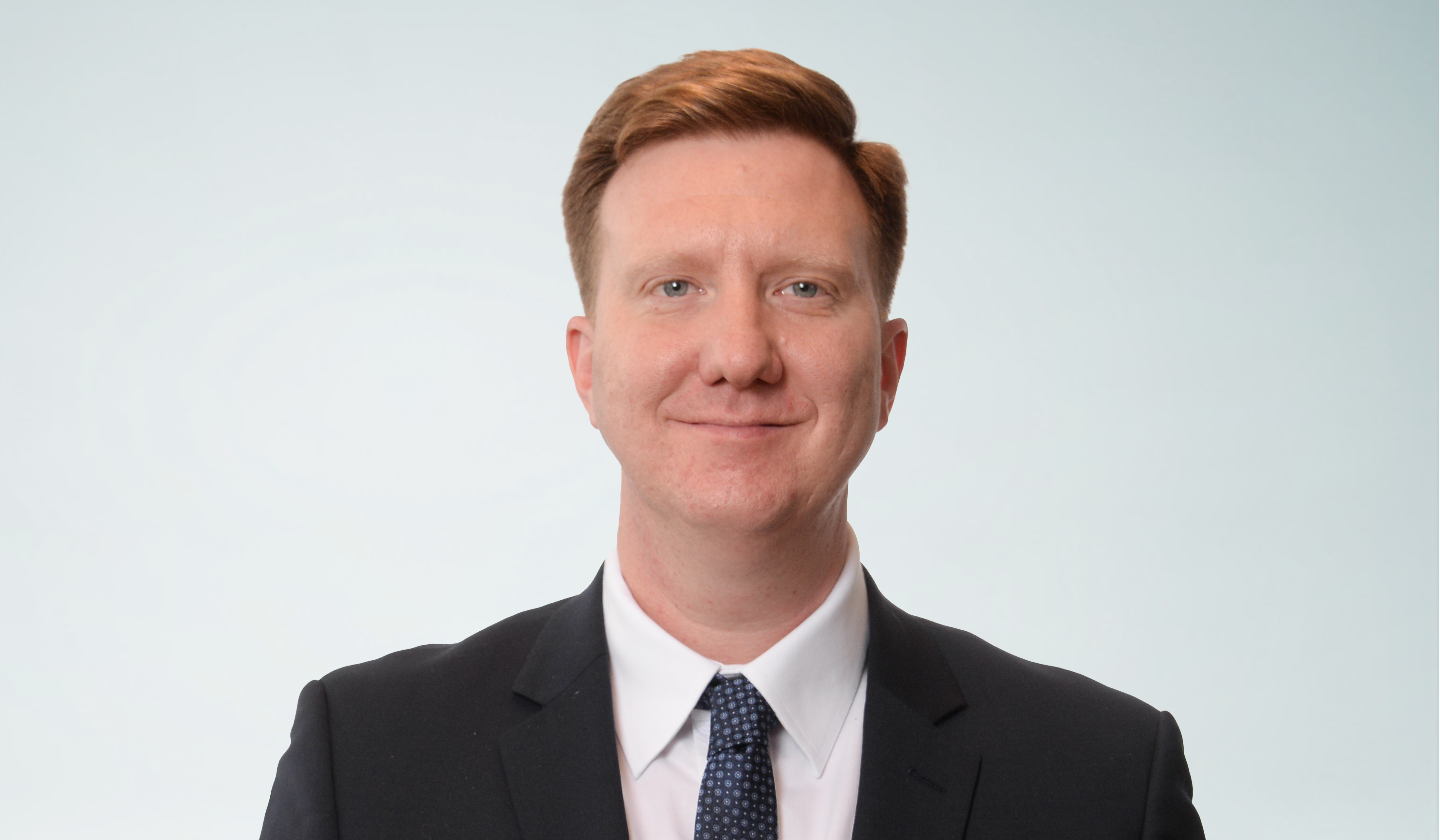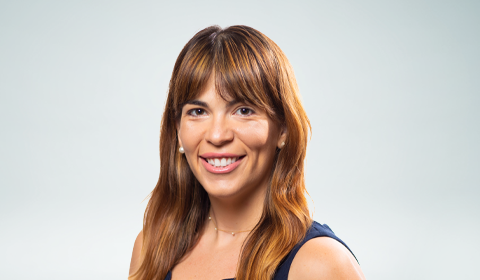The roots of deception and honesty
Dishonesty is deeply ingrained in human nature. Babies begin to pick up signs of deception as early as 18 months old and begin to deceive others (or at least attempt to) from around 3 years of age.2,3
Such deceit isn’t limited to humans. Chimpanzees have been recorded deceiving their rivals by gesturing away from hidden food, and towards decoy food. Further from human and human-adjacent DNA, some birds fake alarm calls to force rivals to leave their nests, then steal the food left behind.4,5
Deception is a vital part of survival. But if it gives us such clear advantages, the real question isn’t “Why do we lie” but rather is “Why don’t we lie more often?” The answer is that humans are driven not only by such immediate economic gain, but rather are also guided by social concepts such as fairness. As the George Washington myth illustrates, we like to see ourselves in a positive light – as moral and honest people.
The ultimatum experiment
To see how a sense of fairness can override immediate financial gain, take, for example, the economic experiments known as ultimatum games. In these games, one player is asked to distribute a sum of money – say, $100 – between herself and a second player. The second player can decide whether to accept the offer or not. If that second player rejects the offer, both leave with nothing.
To maximize her financial position, the first player should, in theory, offer a highly uneven split – $80/$20, for example. And the second player most definitely should accept it, even if the split is $99/$1. Any split leaves both players with more money than they began with.
However, what tends to happen is that the first player offers a much more even split, far closer to $50/$50. When the first player offers an uneven split, the second player tends to reject it – even if that means walking away with nothing instead of, say, $20.6
Humans are driven to be fair, even when sometimes it leaves them worse off. How does this translate to insurance?
Conditions that promote lying
Good people sometimes are dishonest on insurance applications – and not always for financial gain. Thankfully, behavioral science has helped insurers figure out why.
Foundationally, behavioral science is a combination of psychology, neuroscience, economics, and related sciences. It enables insurers to better understand and ultimately influence how people act. In doing so, they can build products and processes that capitalize on how people actually think and behave instead of how insurers might expect or want them to.
There are four key components that allow us to lie:7
The question then arises: Is the insurance system inadvertently handing out these rationalization hall passes?
Inside rationalization
To answer that, it is necessary to look at which of the four conditions necessary for dishonesty fall inside an insurer’s purview. Incentive and capability are outside the control of the insurer. Opportunity and rationalization are inside an insurer’s control with the help of behavioral science.
By decreasing the opportunities for people to be dishonest – such as designing secure systems and rigorous verifying processes – and by limiting applicants’ and claimants’ ability to rationalize their dishonesty, insurers can decrease insurance fraud.
Which leads to another question: How do people rationalize dishonesty? There are three main ways:1
- Endowment – If people feel entitled to something regardless of the truth of the matter, they are more likely to rationalize dishonesty. For example, if the insurer is seen as a faceless enemy, lying on a claim to receive a payout the policy prohibits can be rationalized away.
- Identity – Most people do not want to see themselves as fundamentally deceitful. If they can find a way to frame their dishonesty in a manner that minimizes it to “a little white lie” with no victim or a low cost, they are more likely to shade the truth on an application.
- Social norms – People are deeply influenced by those they respect who are similar to them. If “everyone” lies on insurance forms, especially those they closely identify with, the social norm becomes dishonesty; thus, it is easier to lie.
In each of these cases, the more psychological distance people can put between their dishonesty and the consequences of deceit, the more likely they are to lie. Knowing that, how should insurers respond?
How insurers can promote honesty
An RGA study applied behavioral science techniques to self-disclosed tobacco use. It found that asking, “When was the last time you smoked or used nicotine products?" with multiple response options led to significantly increased disclosure rates compared to questions worded, “Have you smoked or used nicotine products in the last two years?”
By making tobacco use a social norm, respondents proved to be more likely to accurately disclosure their tobacco-use history.
The same holds true with self-disclosed weight. Currently, most applications bluntly ask: “How much do you weigh?” This does nothing to make people comfortable disclosing higher weights and makes the insurer seem cold and impersonal.
RGA behavioral science research found a better way to elicit more truthful responses. Move the slider below and click "submit" to see how this works.
A second example using self-disclosed BMI shows people’s desire to tell the truth and how they are more likely to abandon a falsehood if they perceive someone is checking their honesty.
In this case, people were asked to disclose their current weight. They were then asked a follow-up question, followed by a confirmation question that serves to reinforce the importance of honesty. Input your answers to learn more.
When asked this way, 31% of respondents disclosed that they likely weigh more than the answer they had just given, and 16% indicated they likely weigh less. For those who acknowledged weighing more, the average estimate increased the BMI value by 1.2, a statistically significant difference for underwriters.
Conclusion: Your next steps
Unlike George Washington with the cherry tree, most people will be at least a little bit dishonest if given the chance. Often, we deceive ourselves by rationalizing our dishonesty. In doing so, we avoid emotional harm and protect our own feelings.
But when it comes to insurance, those lies have consequences.
Insurance fraud costs the average consumer an estimated $900 per year in the US, mostly due to increased premiums.8 That makes it imperative to design our systems to make it difficult for people to lie and justify it to themselves.
Behavioral science alone will not fully eliminate deception, but it can play a role in lessening it. Insurers are wise to examine their systems and processes to see how they might inadvertently be encouraging dishonesty. By decreasing the appearance of being a faceless corporation, personalizing otherwise distant digital processes, openly discussing the cost of dishonesty to people just like the average customer, and asking questions in a manner that makes it more difficult to lie, insurers can better protect their businesses from the costs of falsehoods.
Contact us today to explore how behavioral science can help your business fight dishonesty and protect your customers.
